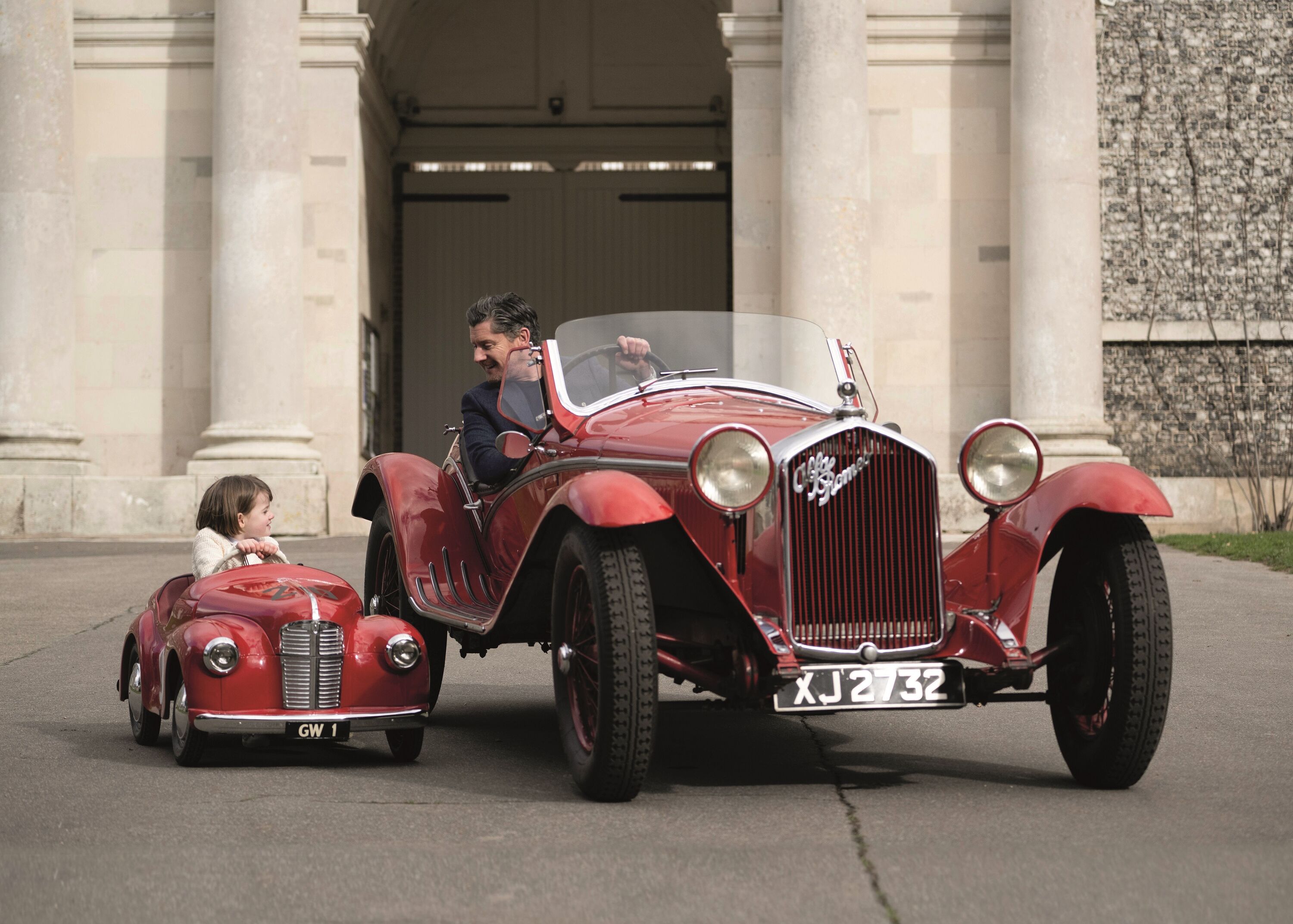Thank Frankel it's Friday: The story of Aston Martin Superleggera
 Andrew Frankel
Andrew Frankel
Aston Martin has started to release details of its new flagship model and the first surprise is that it’s not going to be called Vanquish. The Vanquish name was originally used in 2000 for the utterly gorgeous Ian Callum-designed GT, but while I loved the car, I’ve never got on with the name. I understood the precedent to create another ‘V’ car but to me ‘Vanquish’ sounded contrived and, when uttered in the heavy accent of the company’s then German CEO, rather rude too.

The new car will be called the DBS, which I think is far more satisfactory, a name steeped in Aston history that also has a descriptive quality too: it will be based on the DB11 but rumoured to have over 700bhp, will definitely deserve the ‘S’ and sporting connotation that goes with it. But it’s not just called the DBS, it’s the DBS Superleggera, and it’s that second name I wish to focus on this week.
The name first appeared, at least on an Aston Martin, in the DB4 in 1959, though that was never the original plan. Work started on the DB4 in 1953 with Harold Beach appointed its chief engineer. He was well aware of the limitation of the DB2 it would replace, chiefly the fact that its ladder chassis lacked torsional rigidity, though he was no fan of its trailing arm front suspension and live rear axle either.
So, he started again. His chassis had a perimeter frame onto which the body was directly bolted. Front suspension would come from nothing less than double wishbones, while a De Dion rear axle was specified at the back. Work progressed quickly and a prototype officially coded DP114 was running in 1954. Unofficially it was known at the factory as the Walls Ice Cream van, probably because someone had decided to paint it blue and white. It was not the most elegant of Aston Martins which probably didn’t help its cause, nor did the fact that David Brown remained unconvinced by the refinement of the De Dion rear end.
But what really did for the ice cream van was the addition of the role of General Manager to John Wyer’s existing duties as head of the racing team. He was fascinated by a construction technique patented in the mid-1930s by Touring of Milan called ‘Superleggera’, or Superlight. However, and at least as Beach would have it, Wyer sent him to Milan simply to commission Touring to design a body to fit the perimeter frame. Touring had other ideas however and told Beach that if he didn’t adopt Superleggera for the DB4 he’d need to find himself another coachbuilder. Unsurprisingly, Wyer concurred.
So poor Harold Beach lost not only his rear suspension but his chassis too. But Wyer was correct and to Beach’s eternal credit he realised it at once. Superleggera construction called for a platform chassis using certain body parts such as the wheel arches as stressed components, upon which a tubular steel structure could then be built that would support the remaining aluminium panels. Beach designed a new chassis according to these principles in ten weeks flat and, at that moment, the DB4 as known to you and me was born.
However, what is most extraordinary about the Superleggera story is what an enduring design it proved to be. Obviously, it underpinned the DB5 and DB6 as well, but it also formed the basis of the allegedly all-new DBS of 1967, which was actually based on a widened DB6 chassis with – presumably much to Beach’s delight – the De Dion rear suspension he’d first proposed 14 years earlier. The DBS begat the AM V8 in 1973 which continued in production in various forms until 1988 until replaced by the Virage, which actually sat on a cut down Lagonda chassis, still with a De Dion rear end, still with double wishbone front suspension not so very different in concept to that designed for the ice cream van in the mid 1950s. In all its iterations that car survived until the turn of the century using a design that while heavily changed and developed could trace its roots directly back to Superleggera principles adopted for the DB4.
While details of the new DBS Superleggera remain sketchy for now, I think it safe to say the name is just that now, and that the car’s bonded monocoque structure is not about to be replaced by Superleggera principles. But it’s an interesting choice all the same and implies considerable weight saving attempts will have been made. And a lightweight, 700bhp Aston is a car whose acquaintance I shall look forward to making, whether it is a true Superleggera or not.
Aston Martin
dbs
Superleggera







